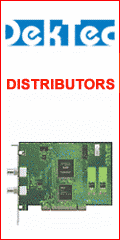
- site version is

- page last edited on 20000710
- page was never integrally checked for link correctness
- have this site translated
- other mirror sites

|
|
|

| Goto: | Main | Mirror | About | Author |
| Register: | Yourself | Company | ||
| Feedback: | Correction | Addition | Question | |
| Order: | Chips (Deutsch) | Chips (English) | Chips (Nederlands) |